
Gasometer Oberhausen is the largest gas holder in Europe. The monument of industrial architecture located in Oberhausen, Germany, was built in 1927-1929. Today we examine the construction which is included into the network of the European Route of Industrial Heritage and is now used as an exhibition hall.
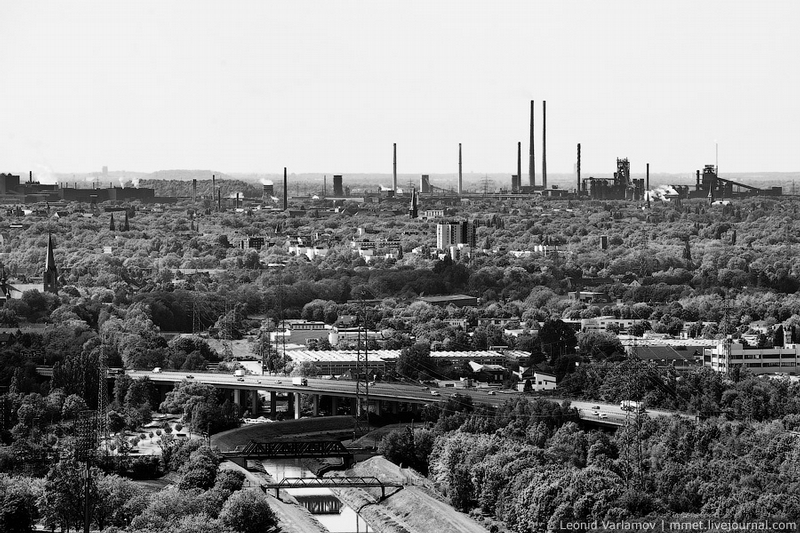
A gas holder is a large container where natural gas or town gas is stored near atmospheric pressure at ambient temperatures. When there is a need, it can be obtained and used for designed purposes. 

The Ruhr area is known for a variety of coal mines, coke plants and metal establishments. Blast-furnace and coke gases are obtained in the process of iron smelting and coal carbonization, respectively, and can be used as fuel or valuable energy feedstock. Due to non-correspondence between gas production and gas consumption it was necessary to build a reservoir for storage of the gas excess and its subsequent usage.
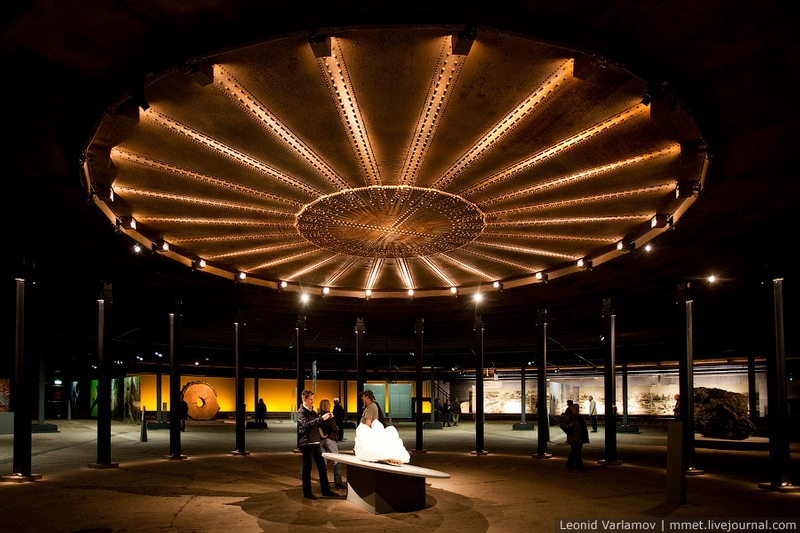
Construction of the gasometer in Oberhausen started in 1927 and was over by 1929. It was (and it is till now) the largest gas holder in Europe. One gas heater consumed 30 cubic meters of gas a month.
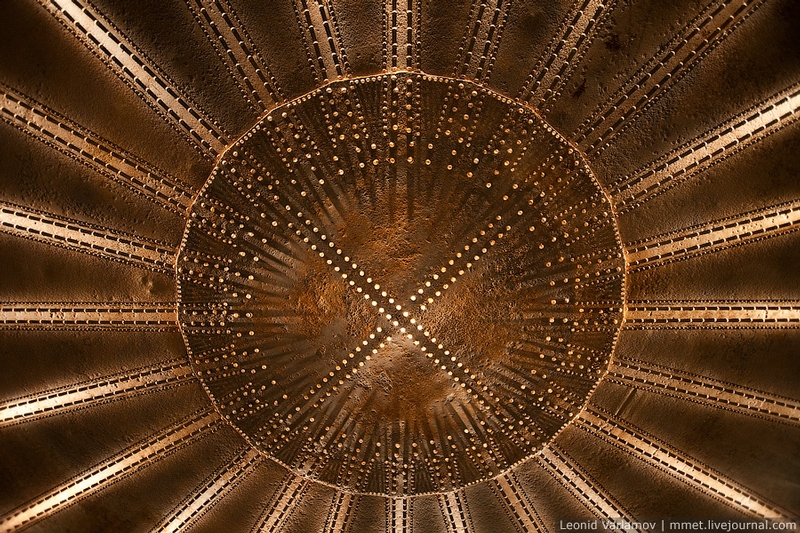
The dry seal gas holder has four major elements — the foundation; the main tank; the piston; the sealing membrane. The gas holder piston moves up and down the inside of the shell as gas enters and exits the gas holder. To avoid leakage on the periphery of the piston the walls of the gasometer were lubricated with creosote, solid oil, etc.
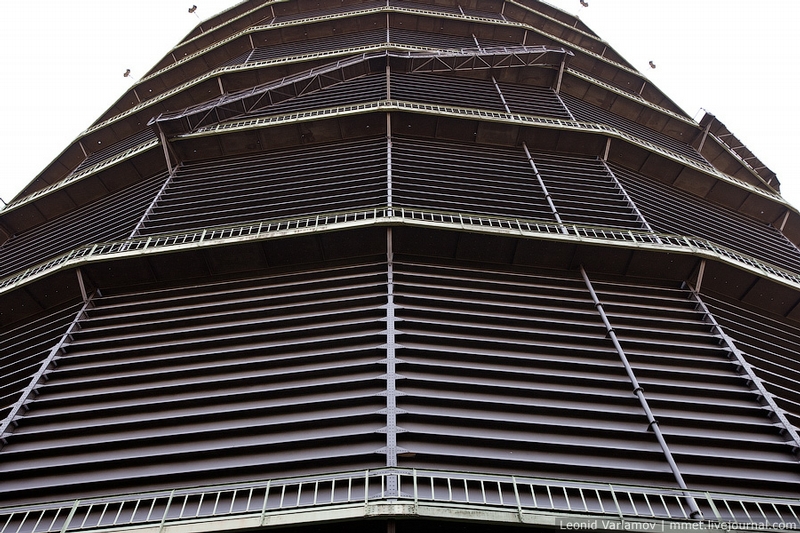
Money invested in the construction were recovered as soon as in 18 months. Since then the giant of engineering art had made its contribution into growth and prosperity of German metal industry. During World War II the gas holder was hit by missiles for several times but managed to retain its functionality. It was totally destroyed by fire in a year after the war. Its reconstruction took place in 1949.
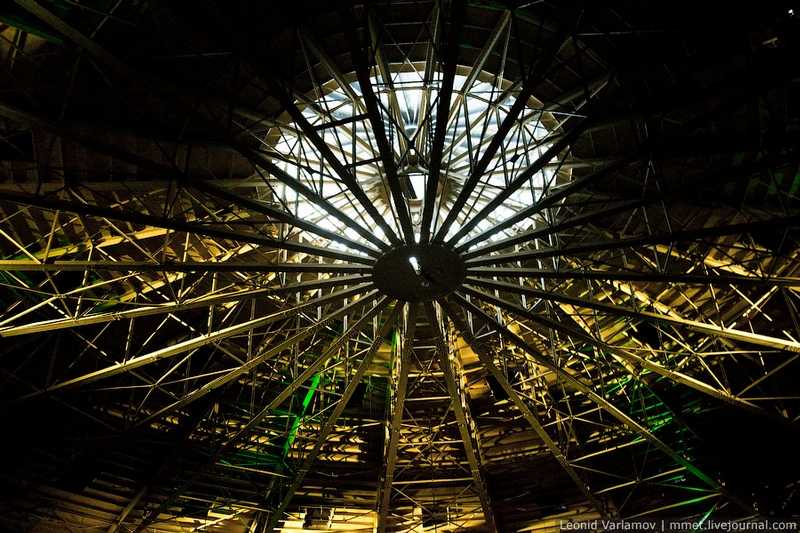
The year of 1988 was marked by industrial transition to natural gas. The gas holder was not needed any more. It was decided to turn the gas holder into an exhibition hall which is today the symbol of Oberhausen. The reorganization cost Deutsche Babcock AG around 16 million DEM and was over in 1994.
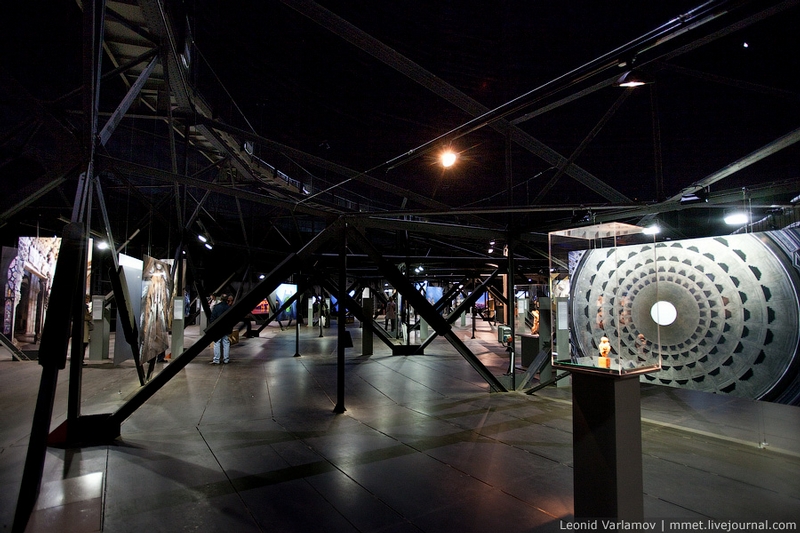
The piston was installed at the height of 4.50 meters. A round hall is located under it. One can reach the upper part of the piston by steel stairs.
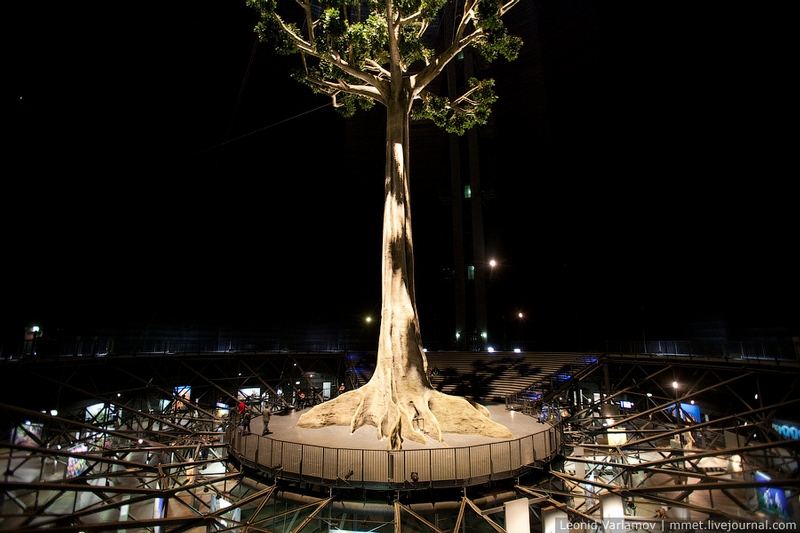
A glass elevator will take you on the top of the piston.
Proportions of the construction are really impressive.
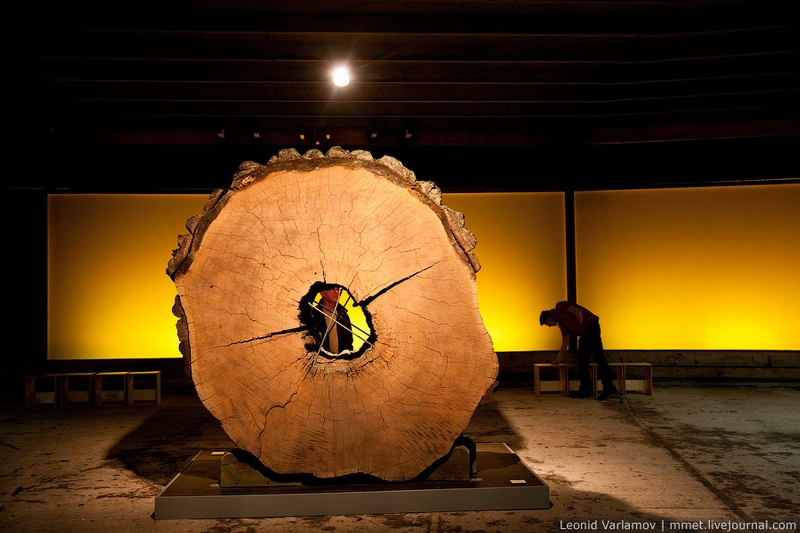
11 exhibitions attended by over 3 million people were held in the gasometer.
Another thematic exhibition took place in April, 2011. It was devoted to magic places, or natural and cultural monuments. Pictures, minerals and other masterpieces of art gave the visitors an idea of natural and cultural miracles. The sculpture called Rain Forest Tree located in the center of the exhibition together with unique sound and light effects will turn the gasometer into the Cathedral of Nature.
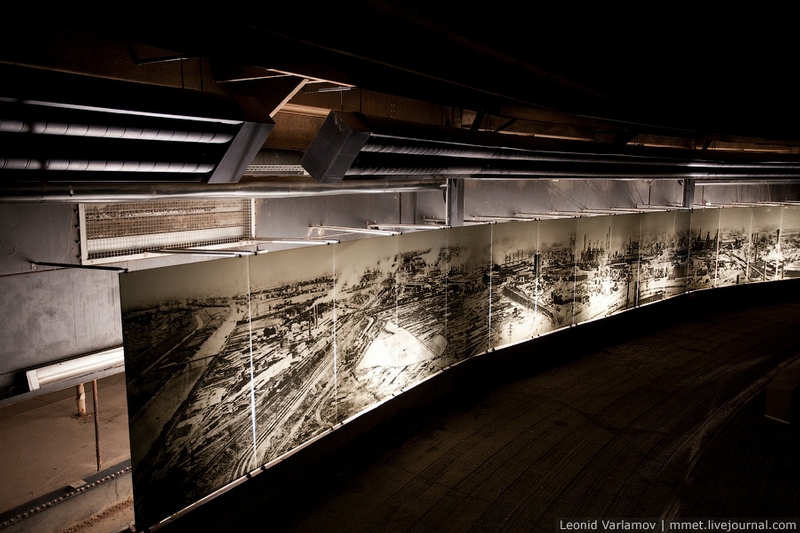
The gas holder is topped with 3 observation desks facing the north, southeast and southwest.
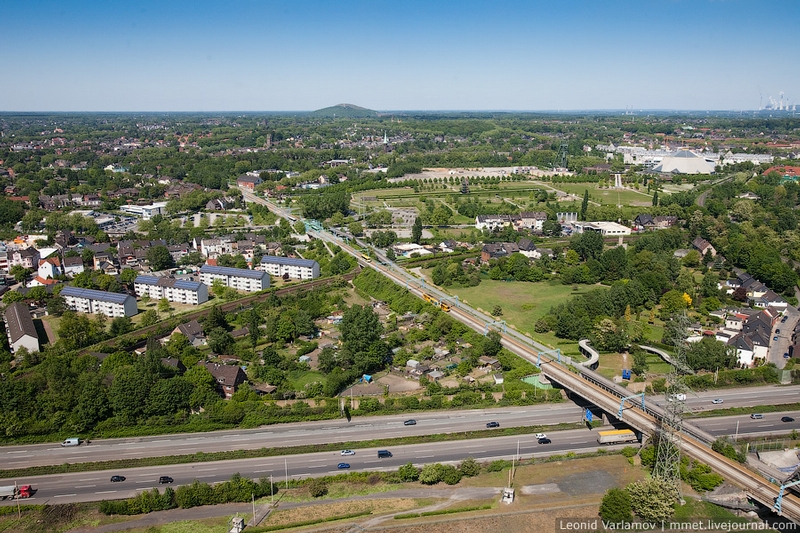
Rhein-Herne-Kanal connects the Ruhr region with the rest of the federal land. The channel was built in the period from 1906 to 1914 and expanded in 1980.
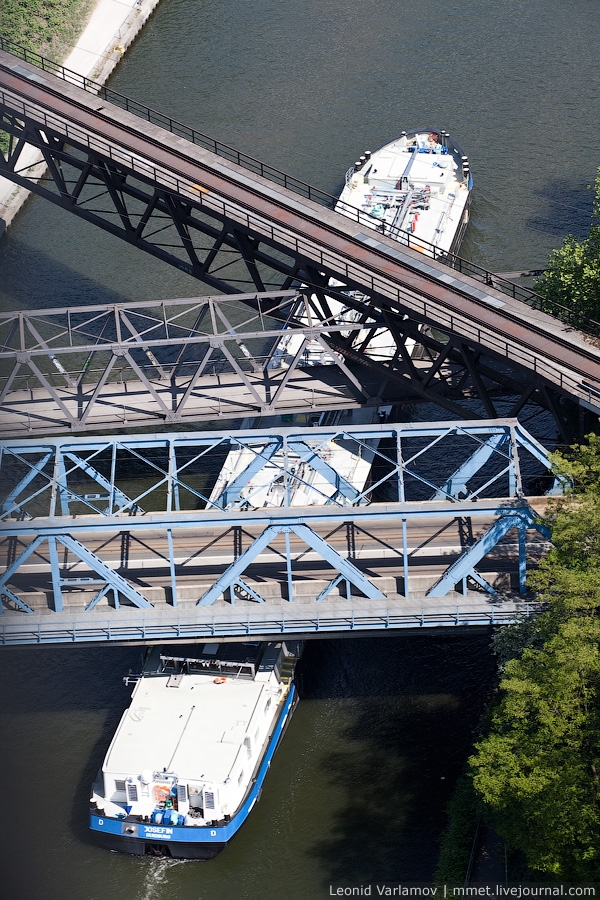
via mmet
0 comments:
Post a Comment